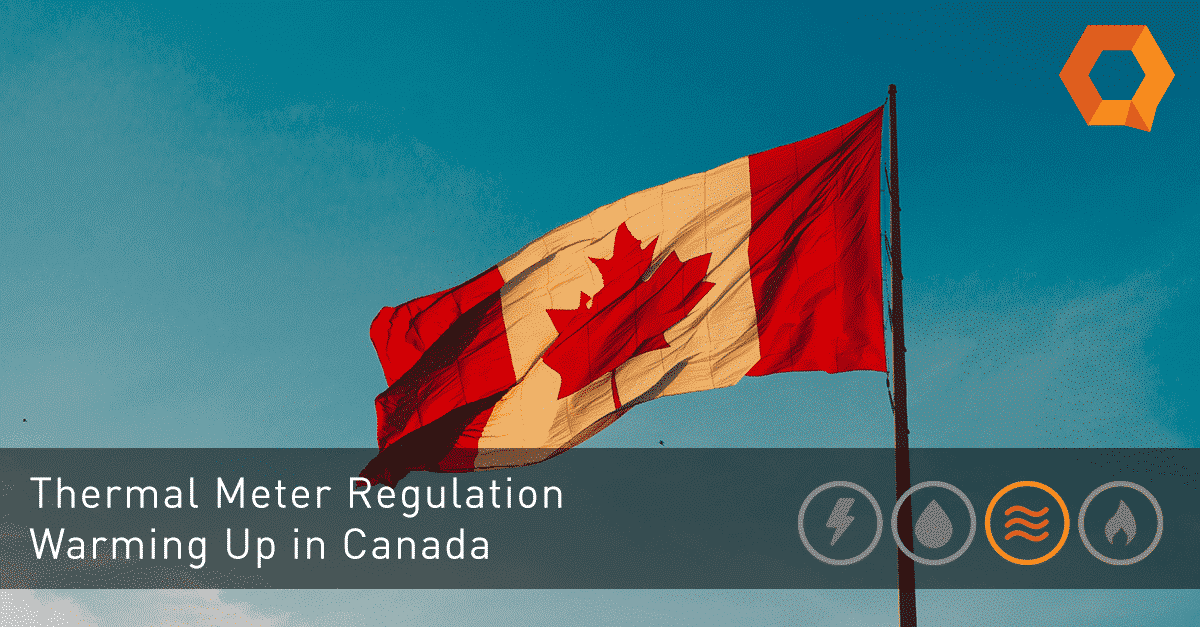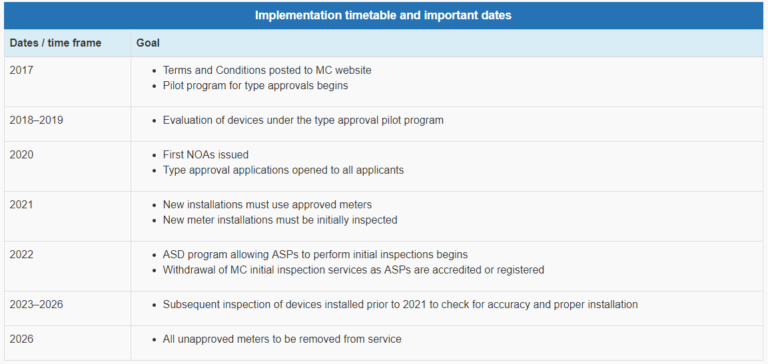
Measurement Canada-approved thermal meter regulations are coming. Canadian developers and property managers need to begin looking for thermal meters that can pass stringent type approval or risk replacing them later. Trust QMC to help.
As the date nears for industry regulations for thermal meters, it’s no wonder that the popularity of regulation-approved thermal meters continue to rise in Canada. Many building owners and developers have already known that utility submetering individual tenants have been crucial in keeping utility costs down, especially when new builds can use up to 4 times the power usage when compared to older buildings. But some may not know the difference between acquiring regulation-approved meters versus non-approved meters.
The Popularity of Type-Approved Thermal Meters Continue to Rise in Canada
Type-approved thermal meters from Europe have several distinct advantages:
- Proven track record: They already conform to strict European Standards (EN-1434)
- Accurate: Measure flows for all applications, utilizing the fluidic oscillation principle
- Lower Total Cost of Ownership: There’s more to just the cost of purchasing an asset; It’s crucial to also consider all costs incurred for the asset, from purchase to disposal.
Proven Track Record
Type approved thermal meters like our GWF Superstatic line have a clear advantage over non-approved meters: they have been in service in Europe for over 30 years in residential and commercial applications, and conform to EN-1434 under the MID. In fact, Measurement Canada has already stated that thermal meters must be certified in another jurisdiction already, such as Europe as a prerequisite.
Accurate
To conform to regulations, type-approved thermal meters must be able to perform accurately in both the short and long term. To this end, we have found that thermal meters utilizing the fluidic oscillation principle to be the most effective, in both reliability and cost. There are several benefits to using a fluidic oscillation thermal meter, but some highlights would include:
- No moving parts, reducing the potential for wear and tear
- Not sensitive to dirt
- Long term and accurate measurements, even with poor water quality
- Ability to pre-calculate glycol content, and measure permanent flow.

Lower Total Cost of Ownership
It may be tempting to purchase non-approved thermal meters based on purchase price alone, as some regulation-approved thermal meters can seem to have a higher price tag. However, it is crucial at these points to calculate the total cost of ownership for an asset.
While non-approved thermal meters may initially cost less to buy, we have found that most non-approved thermal meters are inaccurate and can lead to complications during the billing cycle, increasing frustration between tenants and property managers. They can also require repairs and upgrades much earlier on, adding to the total cost of purchasing a lower priced product. Lastly, Measurement Canada has mandated that all unapproved meters must be removed from service by 2026. Most thermal meters have a rated lifespan of 10-15 years. With this in mind, installing a non-approved thermal meter, and then removing it to install a regulation-approved thermal meter can only add in costs and frustration.
Want to learn more about upcoming thermal meter regulations? Let QMC help with your next thermal metering project. Contact us today.
Read More